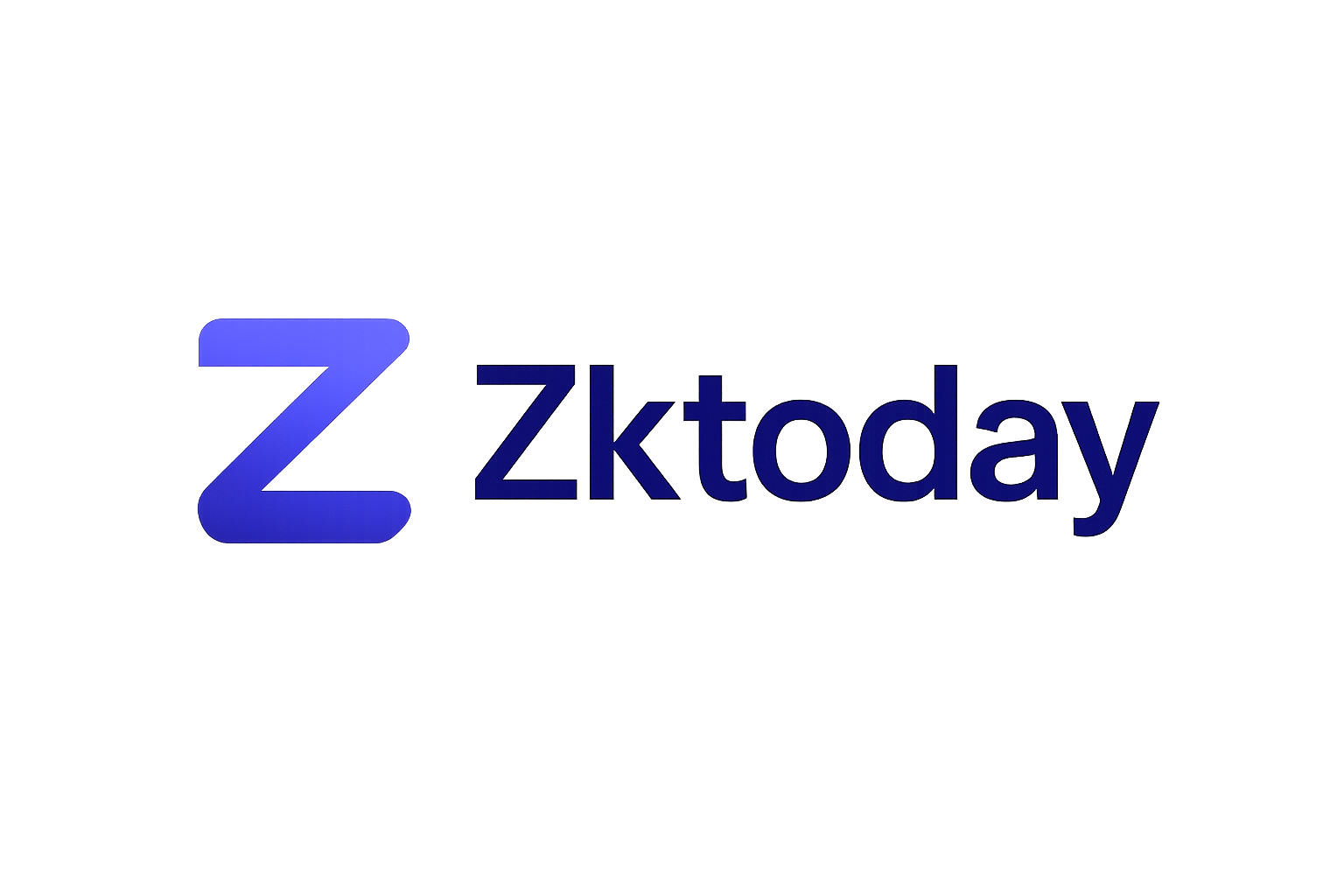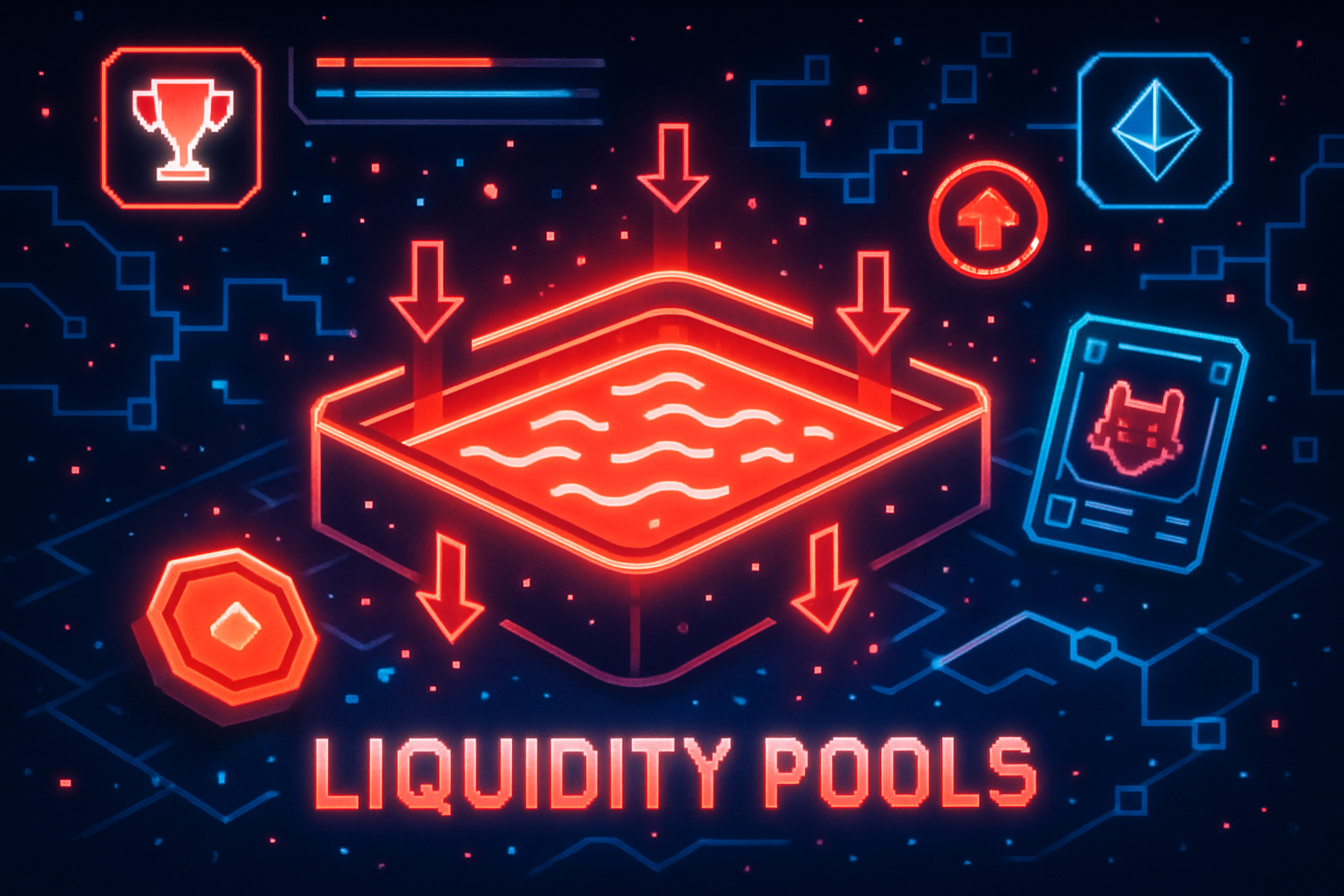
Zero-knowledge proofs (ZKPs) have rapidly evolved from a cryptographic curiosity to the backbone of next-generation blockchain infrastructure. For developers navigating the expanding universe of zk rollups and privacy-preserving computation, Brevis zk stands out as a technical powerhouse. Its recent milestones, such as achieving 99.6% Ethereum block proof in just 12 seconds using 64 RTX 5090 GPUs, underscore both the maturity and raw computational strength of its architecture. But how exactly do zero-knowledge proofs power Brevis zk, and what should blockchain engineers know to leverage its capabilities?

Brevis zk: The Infinite Compute Layer for On-Chain and Off-Chain Synergy
At its core, Brevis zk is a smart zero-knowledge coprocessor. It empowers smart contracts to access and compute over historical on-chain data in a trustless, privacy-preserving manner. Unlike conventional oracles or data providers, Brevis does not require users to trust any third party, instead, it leverages the mathematical certainty of ZKPs.
The architecture operates in two main models:
- Pure-ZK Model: All computations and data queries are accompanied by ZK proofs, which are instantly verifiable on-chain.
- Propose-Challenge Model (coChain): Computations are optimistically proposed via Proof-of-Stake consensus and only challenged with ZKPs if disputes arise.
This dual-model approach unlocks scalable trustless computation while balancing cost, latency, and security, key considerations for any developer building advanced decentralized applications (dApps).
Pico Prism: Real-Time zkVM Performance Redefining Possibilities
The technical leapfrog achieved by Brevis’s Pico Prism zkVM cannot be overstated. By averaging just 6.9 seconds per Ethereum block proof (with a 96.8% real-time proving rate), Brevis demonstrates that high-throughput, low-latency ZK computation is no longer theoretical. This performance edge is not just about speed, it directly impacts developer experience and end-user utility:
- Order books and matching engines can operate off-chain, secured by L1-grade proofs.
- Private trading becomes feasible at scale, as ZKPs guarantee both privacy and verifiability.
- Hardware costs have been slashed by 50%, unlocking home-level participation in proof generation.
The result? A new class of applications previously deemed “impossible” due to computational or economic constraints. As the role of ZKPs in blockchain scalability grows, Brevis is positioning itself at the convergence of efficiency and trustlessness.
Key Use Cases Unlocked by Brevis zk
-
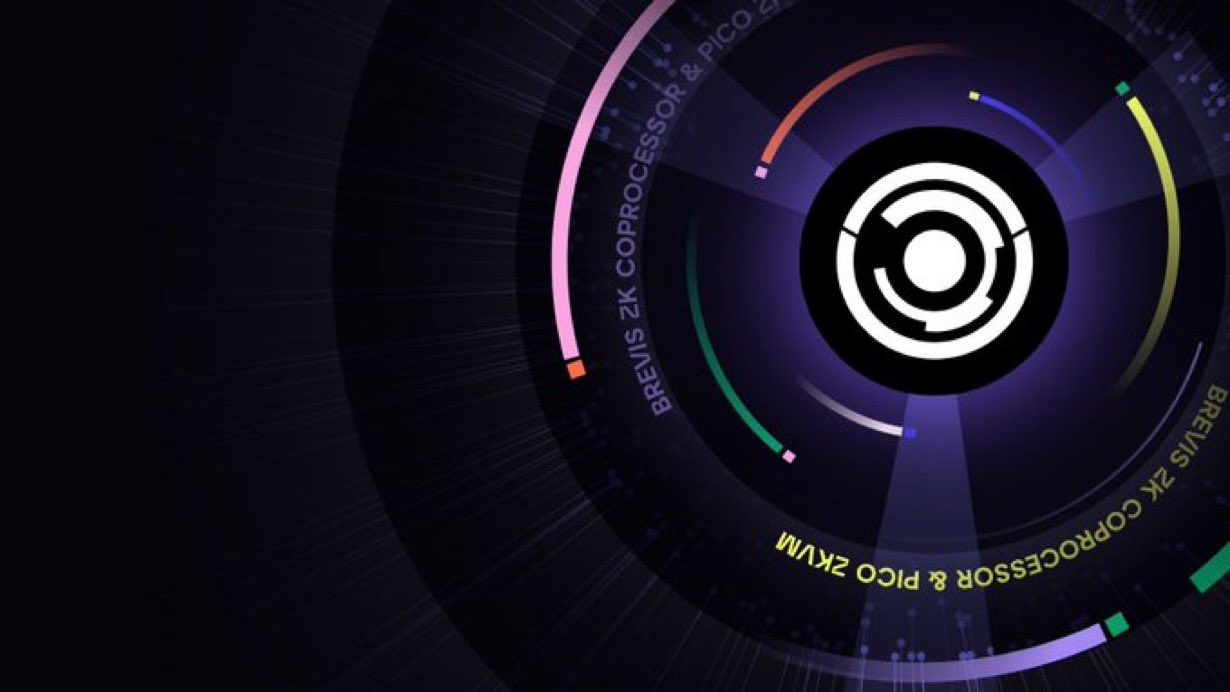
Trustless On-Chain Data Access: Brevis enables smart contracts to securely access and compute over historical on-chain data from supported blockchains without relying on centralized data providers. This unlocks new possibilities for decentralized finance (DeFi), governance, and analytics applications.
-

Private and Trustless Trading: By leveraging zero-knowledge proofs, Brevis allows for off-chain order books and matching engines with L1-level security. This enables private trading and order matching while maintaining trustless verification on-chain.
-
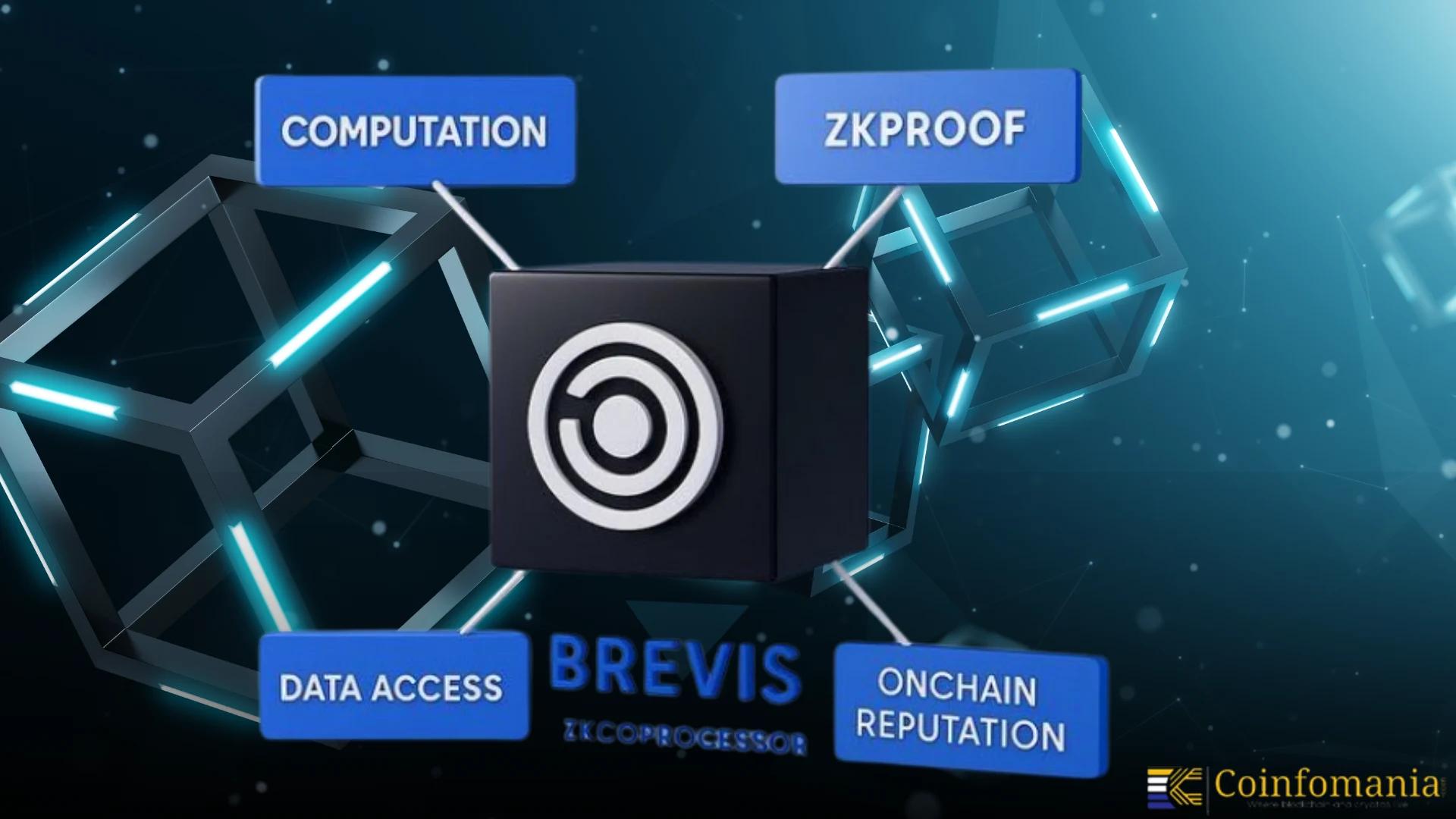
Efficient Cross-Chain Data Verification: Through partnerships like 0G and the integration of NEBRA’s Universal Proof Aggregation, Brevis provides fast, secure, and cost-effective cross-chain data availability and verification, supporting interoperability across blockchain networks.
-
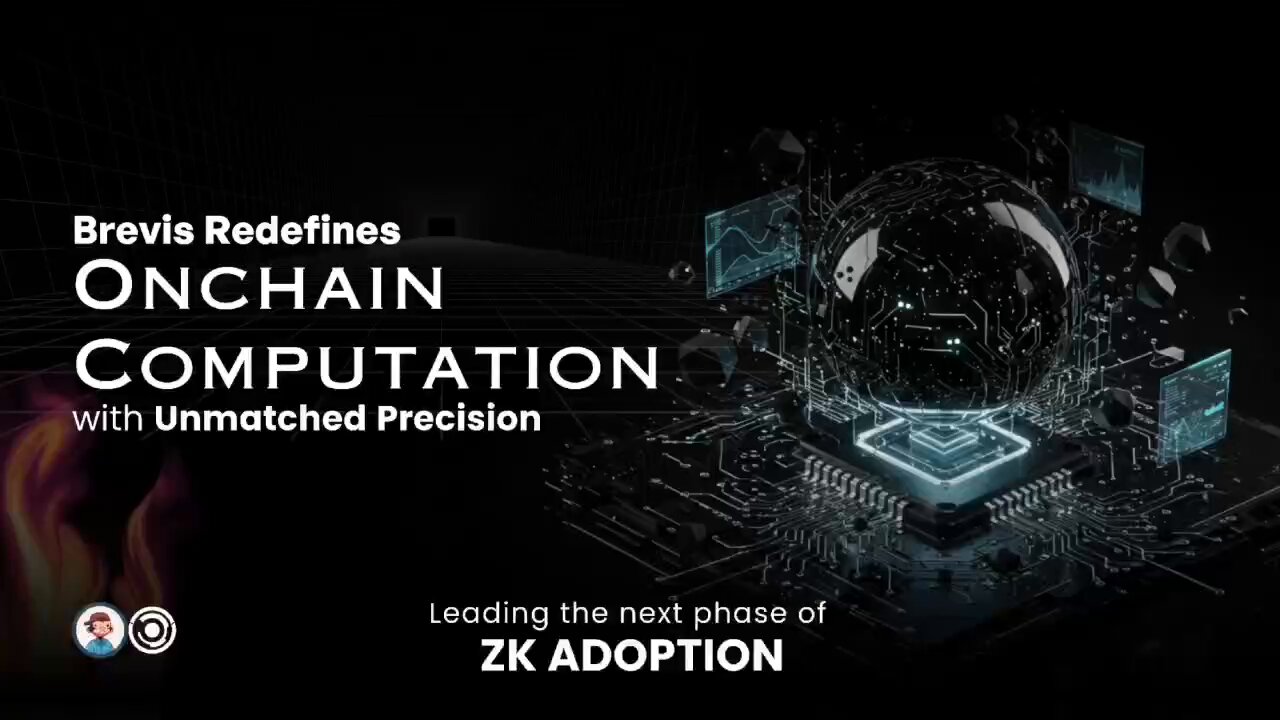
Scalable On-Chain Computation: The Brevis zk coprocessor network allows developers to offload complex computations from the main blockchain, generating zero-knowledge proofs for results that can be instantly verified on-chain. This reduces congestion and enables more advanced decentralized applications.
-

Cost-Effective ZK Proof Verification: With NEBRA’s proof aggregation and the propose-challenge model (Brevis coChain), developers benefit from significantly reduced ZK proof verification costs and latency, making large-scale data-driven applications feasible on Ethereum and Layer 2s.
Pushing the Envelope: Proving at Scale with NEBRA Aggregation
A persistent challenge in on-chain verification is the cost associated with validating multiple ZK proofs. Here, Brevis’s partnership with NEBRA introduces Universal Proof Aggregation (UPA), which bundles numerous proofs into a single verifiable unit. This innovation reduces verification costs by up to 10x on Ethereum and its Layer 2 networks, a game-changer for applications requiring high-frequency data attestations or complex cross-chain logic.
The numbers tell a compelling story: With over 37.5 million proofs generated across more than 69,000 coprocessing requests, Brevis is not only scaling technically but also operationally. Developers can now architect dApps that query deep historical data across chains without sacrificing performance or decentralization, a critical leap for DeFi analytics, on-chain identity, and privacy-preserving protocols.
Which Brevis zk feature do you find most valuable as a developer?
Brevis zk has introduced several technical innovations, from rapid real-time ZK proofs to cost-saving proof aggregation and flexible data access models. As a developer, which feature excites you the most for building scalable, trustless blockchain applications?
The Developer’s Perspective: Building with Brevis zk Today
For engineers looking to integrate Brevis into their stack, understanding its hybrid model is essential. The pure-ZK approach offers absolute trustlessness but may incur higher costs when dealing with massive datasets or non-existence proofs. Meanwhile, the propose-challenge model (coChain) leverages crypto-economic incentives to optimize for common-case efficiency, proofs are only generated if a challenge occurs within a defined window.
This flexibility allows teams to fine-tune their applications according to security needs and budget constraints, something not possible with earlier generations of ZKP tooling.
Another critical advantage for developers is Brevis’s seamless integration with existing smart contract frameworks. By exposing simple interfaces for querying historical on-chain data and submitting coprocessing requests, Brevis minimizes the learning curve for Solidity and Rust developers. The abstraction of complex ZK proof generation into straightforward API calls means teams can focus on application logic, not cryptography engineering.
Moreover, Brevis’s ongoing collaboration with projects like NEBRA and 0G demonstrates its commitment to interoperability and modularity. Whether you’re building privacy-centric DeFi, cross-chain data markets, or decentralized identity solutions, the Brevis zk co-processor network provides a robust substrate for experimentation and production deployment.
Security and Privacy: Why ZK Matters for the Next Wave of Web3
Zero-knowledge proofs are not just about performance. They are a paradigm shift in how privacy and trust are engineered into decentralized systems. With Brevis zk, sensitive computations – such as order matching, user reputation scoring, or cross-chain asset verification – can be executed off-chain while only exposing verifiable outcomes on-chain. This dramatically reduces attack surfaces and regulatory friction for developers seeking to build compliant yet censorship-resistant protocols.
The ability to prove that a computation was performed correctly without revealing the underlying data is especially relevant as Web3 moves toward mainstream adoption. For use cases ranging from confidential trading to decentralized identity, zero-knowledge cryptography underpins both compliance and user empowerment. For a deeper dive into privacy-preserving identity wallets leveraging ZKPs, see this resource.
Future Outlook: Brevis zk’s Roadmap and Ecosystem Impact
Looking ahead, Brevis is strategically positioned to drive Ethereum’s transition toward a fully trustless, scalable Layer 1. Its rapid progress in hardware efficiency – exemplified by the 50% reduction in proving costs with Pico Prism – opens the door to broader participation in proof generation and validation. As more developers onboard, expect an explosion of applications leveraging real-time ZK computation for everything from dynamic NFTs to autonomous DAOs.
As the ecosystem matures, several trends are likely to accelerate:
Top Trends in zk Rollup Implementation with Brevis
-

Hybrid Proof Models for Cost Efficiency: Brevis is pioneering the combination of pure-ZK and propose-challenge models, allowing developers to balance trustlessness and cost. The propose-challenge approach, as seen in Brevis coChain, reduces the need for upfront ZK proof generation, significantly lowering costs and latency for data-driven dApps.
-
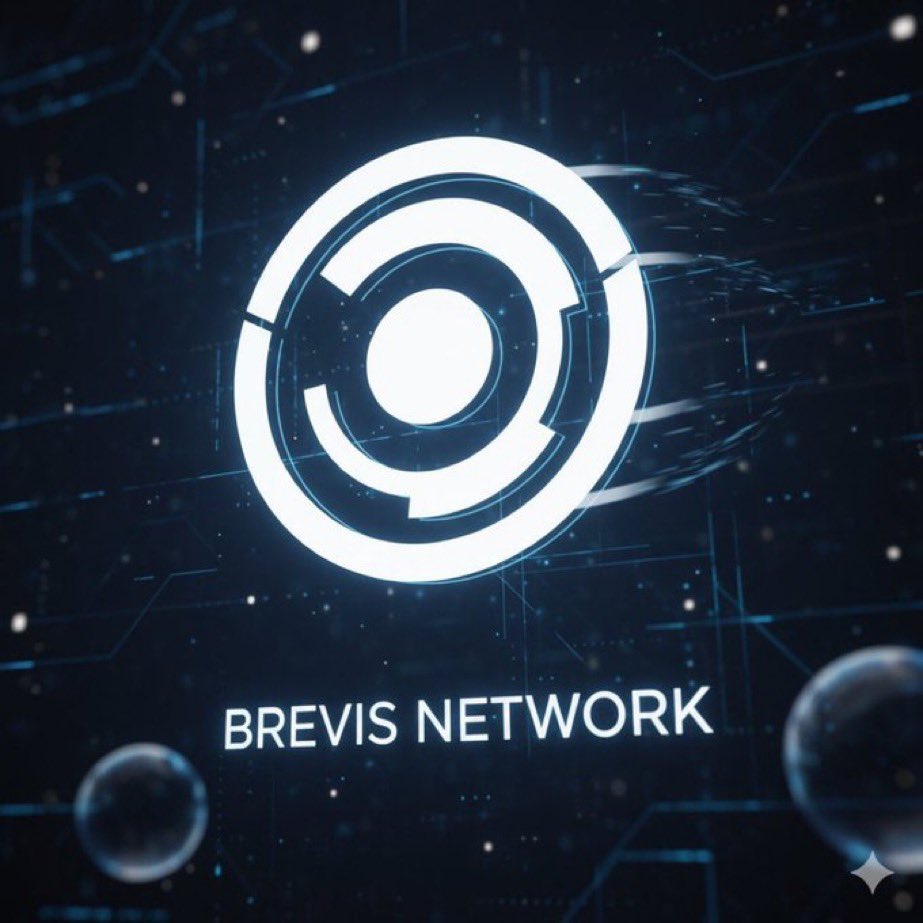
Universal Proof Aggregation with NEBRA: Through its partnership with NEBRA, Brevis leverages Universal Proof Aggregation (UPA) to combine multiple ZK proofs into a single, verifiable proof. This innovation cuts on-chain verification costs by up to 10x on Ethereum and Layer 2s, making large-scale zk rollup deployments more feasible.
-
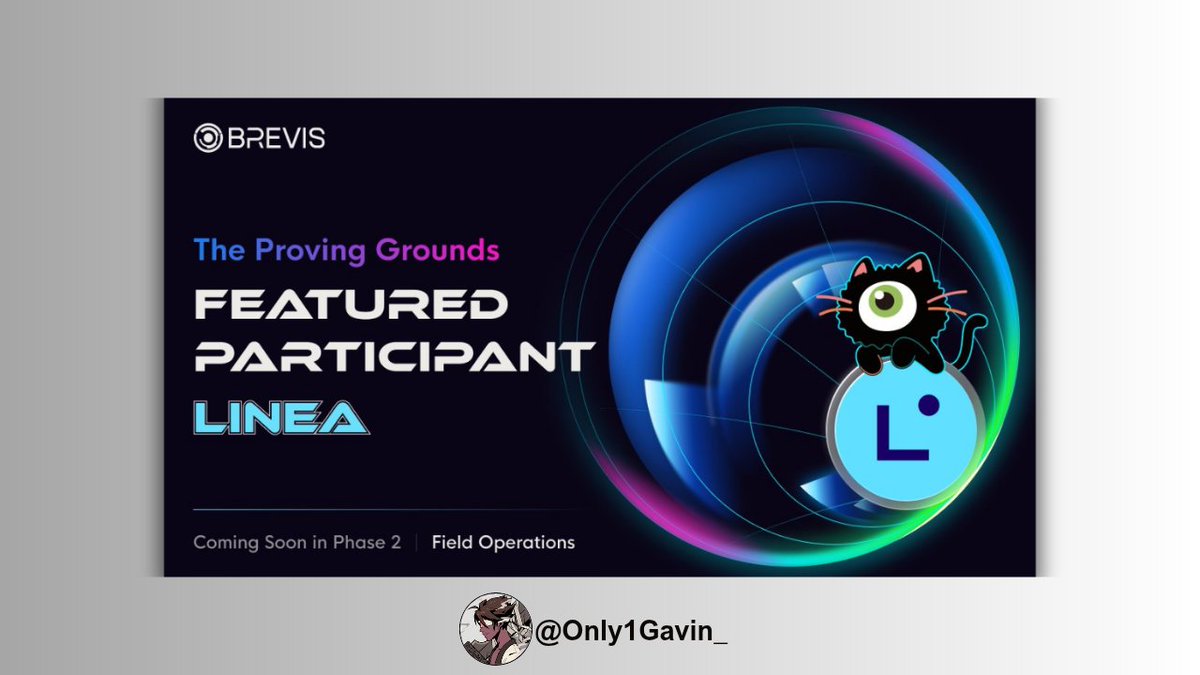
Real-Time zkVM Proving Performance: The Pico Prism zkVM by Brevis has achieved 96.8% real-time proving for Ethereum blocks in under 10 seconds, with a 50% reduction in hardware costs. This positions Brevis as a leading candidate for future zkEVM integration on Ethereum Layer 1.
-
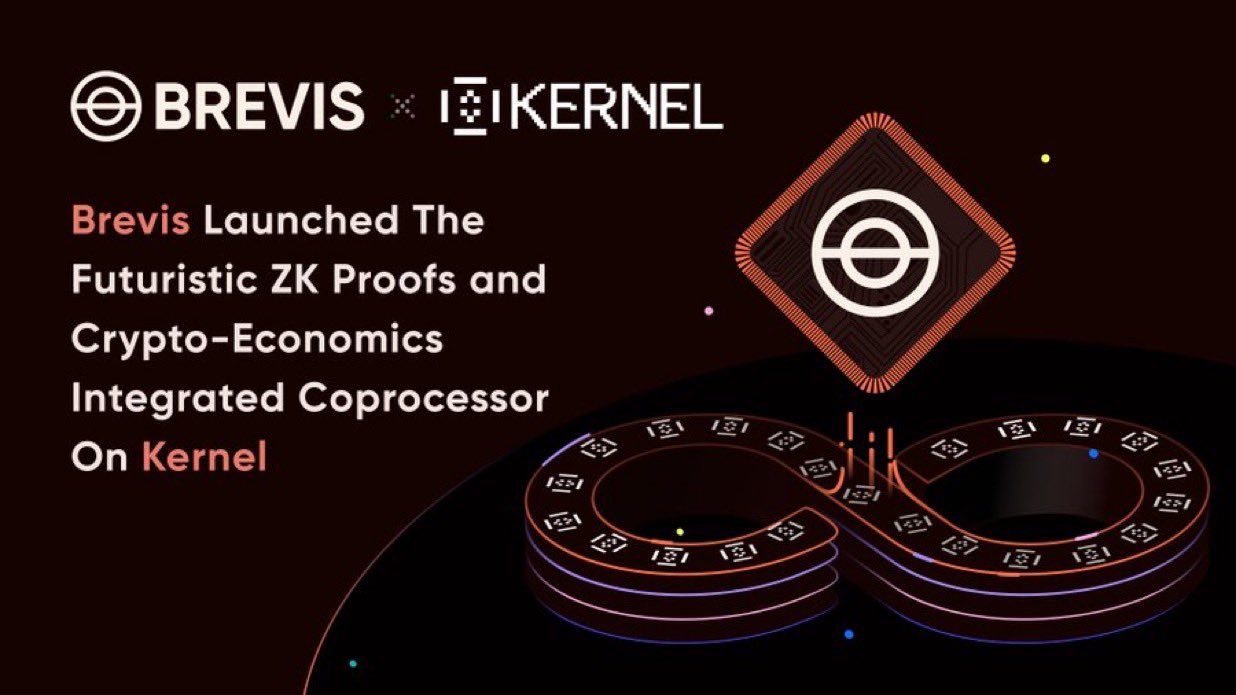
Off-Chain Computation with On-Chain Security: Brevis enables order books and matching engines to operate off-chain while maintaining L1-level security through ZK proofs. This trend allows for scalable, private trading and complex computation without sacrificing trustlessness.
-
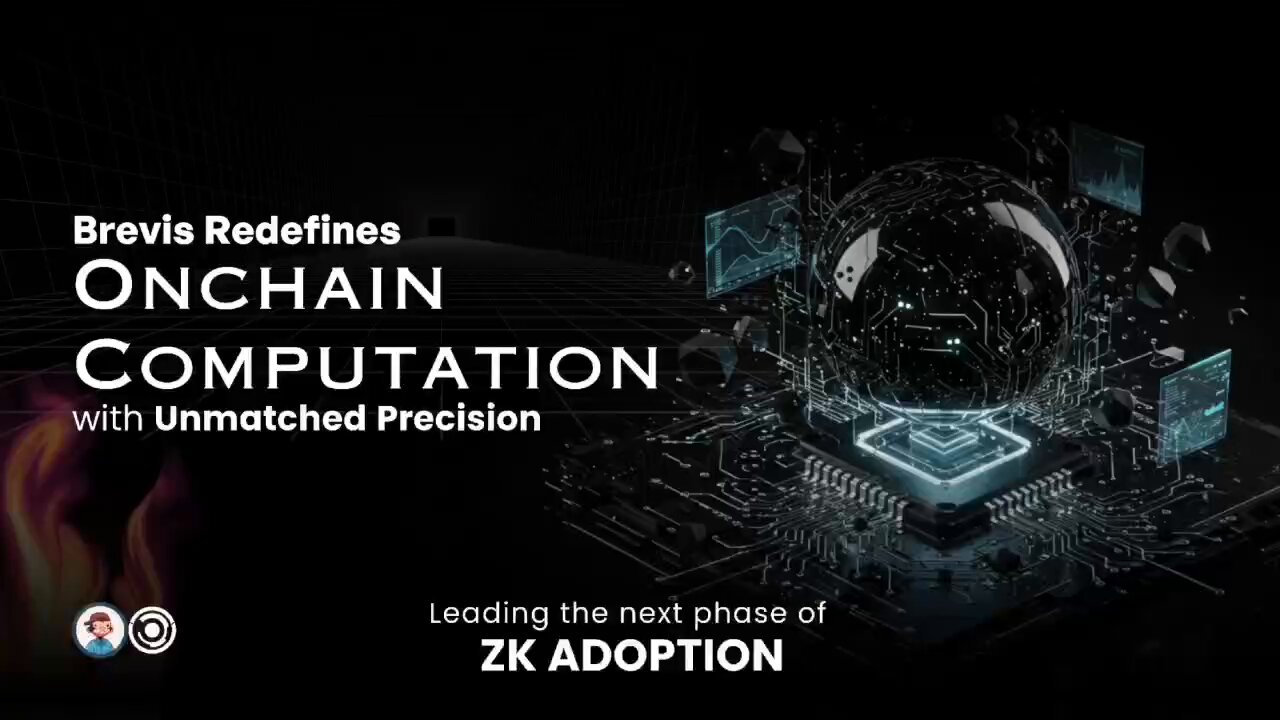
Cross-Chain Data Access and Computation: Integrations with projects like 0G demonstrate Brevis’s ability to bring fast, secure ZK computations to cross-chain environments, enabling smart contracts to access and compute over historical on-chain data from multiple blockchains.
Brevis’s dual-model approach (pure-ZK and propose-challenge) will influence protocol design patterns across DeFi, gaming, and enterprise blockchain verticals. Meanwhile, advances in proof aggregation via NEBRA will make high-frequency data attestation economically viable at scale. The convergence of these innovations signals a new era where zero-knowledge proofs become as ubiquitous as digital signatures in Web3 architecture.
For blockchain engineers: Mastering tools like Brevis zk isn’t just about keeping pace with technical progress – it’s about shaping what becomes possible in decentralized computation.
